Data
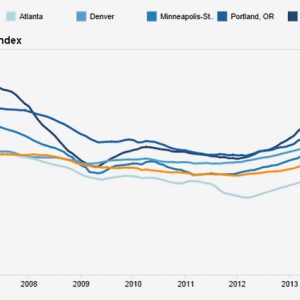
The ups and downs of Charlotte housing prices
Charlotte never experienced the dramatic housing bubble seen in other places in the country, but the local market is still under its August 2007 peak as measured by the Case-Shiller Index. Explore our data dashboard (below) to see Charlotte’s highs and lows and how they compared to places like Atlanta, Denver and San Francisco. (Scroll […]
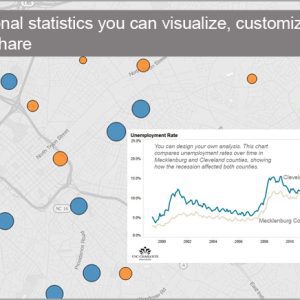
Charlotte Regional Indicators: New look, new function
Our Regional Indicators website now has a new home on the institute’s main website. You’ll find all the data that was on the previous site, but with improved functionality and a new look. Why make the change? We have several reasons. First, the new design will be easier for readers to use and to find […]
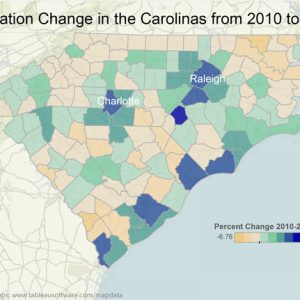
Big urban gains, rural losses in the Carolinas
North Carolina continues to grow faster than the U.S. average and faster than all but two other Southeastern states.* That growth is increasingly uneven and concentrated in the metro areas of Charlotte and Raleigh. The Carolinas have a long history of being a small-town and small-city region of the country. The latest census population estimates […]
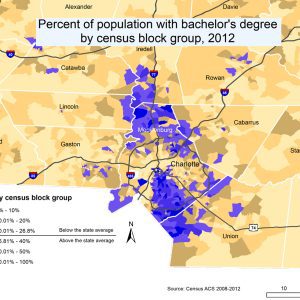
Smart metros: Charlotte and North Carolina
Charlotte’s metro has one of the fastest-growing college-educated populations in the U.S. Where exactly do the educated live in Charlotte? As people with college degrees cluster in metros, what does that mean for rural areas? The number of college-educated adults exceeds 40 percent of the working population in just a handfull of counties across the […]
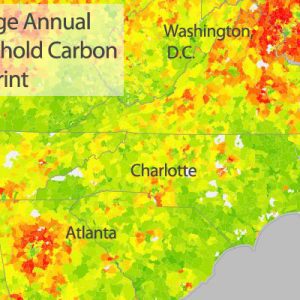
How green is your ZIP code? Charlotte’s carbon footprint
The carbon footprint of a household can vary greatly based on income and location. Researchers from UC Berkeley included these factors in a new analysis. The result is a set of interactive maps that show carbon footprints based on ZIP codes.** Household greenhouse gas emissions are lower in central cities compared to suburbs, but the […]

Building a framework for out-of-school time
The Larry King Center of Council for Children’s Rights recently released a new study on out-of-school time. This report, Expanding Learning: Building a Framework for Out-of-School Time, presents best practice research as well as the landscape of local out-of-school time programs. It highlights out-of-school time as “a unique space for learning and development-distinct from home […]

Open-data group picks Charlotte for 2014 project
A national nonprofit that works to embed tech-savvy entrepreneurs into city governments, to help them work better, has chosen Charlotte as one of 10 partner cities for 2014. The Code for America fellows will work to create applications that connect residents to city services, create open data platforms or solve a problem with community collaboration. […]

Recession in Charlotte, Sun Belt: more people, more poverty
Population growth in Charlotte has always come with plenty of costs, but rising incomes and prosperity were part of the expected returns. Yet it turns out that during the recent recession and economic downturn, as population growth continued, economic growth sputtered. Charlotte experienced a long period of population and income growth through much of the […]

With data, numbers can’t speak for themselves
In 2007, Shamrock Gardens Elementary in east Charlotte was showing big improvements, and after years of being listed as a school that could be taken over by the state for low performance, it was close to coming off that list. Then suddenly test scores plummeted (see first graph below). What happened? A new principal? New […]
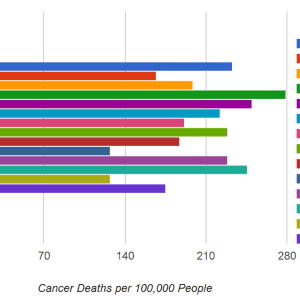
Explore new data
The Charlotte Regional Indicators provides critical benchmarks measured over time and compared to state and/or national data for the 14-county, two-state region.* Follow the links to explore newly updated data with our interactive tools: Maternity & Births – 2011 data now available on infant mortality rates and low birth-weight babies Mortality – 2011 data now […]